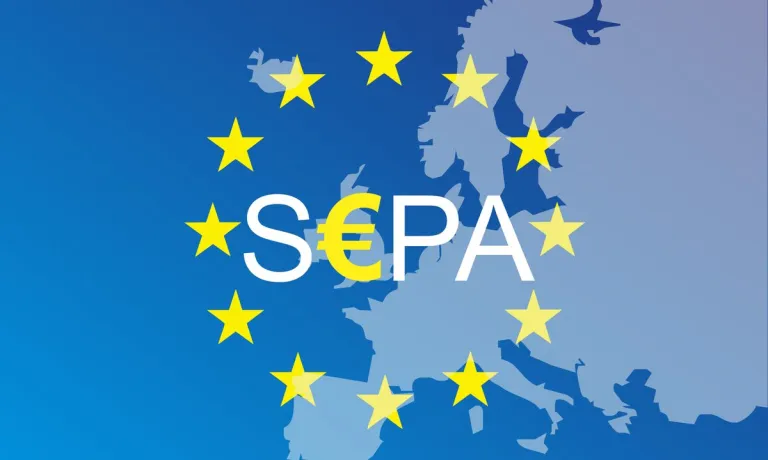As the European Payment Services Directive evolves, the forthcoming PSD3 is set to come into force between late 2025 and 2026, with full implementation possibly extending into 2027 across some EU member states. This regulatory milestone marks a crucial juncture for financial institutions, representing the most significant evolution in European payment regulation since PSD2’s introduction.
While many institutions view regulatory changes with apprehension, PSD3 presents a unique opportunity to redefine competitive positioning in the rapidly evolving payments landscape. This comprehensive guide explores how forward-thinking financial institutions can navigate PSD3’s enhanced requirements while simultaneously leveraging them as catalysts for innovation, customer engagement, and market expansion. We’ll examine the directive’s key compliance mandates, address the operational challenges institutions must overcome, and outline strategic approaches to transform regulatory obligations into sustainable competitive advantages.
Beyond tightening compliance requirements, PSD3 unleashes new avenues to innovate, accelerate growth, and enter untapped markets. For forward-thinking leaders, mastering PSD3 is not just about meeting obligations—it’s about transforming regulation into a strategic advantage.
Key compliance requirements
While PSD2 established the foundation for open banking and strong customer authentication, PSD3 significantly strengthens these frameworks with more stringent security measures, enhanced consumer protections, and expanded liability requirements for payment service providers. Thus, building on the legacy of PSD2, PSD3 introduces the following key enhancements:
Robust customer authentication: A foundational pillar demanding enhanced multi-factor authentication protocols that safeguard transactions and mitigate fraud at every customer interaction.
Clear communication: Heightened transparency requirements ensure customers receive straightforward information regarding fees, transaction processes, and data usage—empowering them with full visibility into their financial engagements.
Strengthened open banking data provisions: Stricter rules now govern how consumer financial data is accessed and shared with third-party providers, prioritizing consent and security to reinforce trust.
PSD3 also harmonizes cross-border payment regulations, cultivating a seamlessly integrated European payments ecosystem and facilitating smoother, compliant transactions across borders. Together, these mandates will reshape how payments are processed, secured, and experienced.
Major challenges on the horizon
While PSD3 presents significant opportunities, its compliance requirements usher in critical operational and strategic challenges:
Technical & operational adjustments: Financial institutions face the daunting task of overhauling IT systems to implement innovations like instant Verification of Payee (VoP) with three-second responses and seamless Strong Customer Authentication (SCA) that balances security with user experience.
Expanding fraud prevention responsibilities: With mandatory IBAN-name verification and increased liability for spoofing and fraud, institutions must invest heavily in next-generation fraud detection while shouldering greater financial risk for security breaches.
API standardization & open banking evolution: Meeting PSD3’s open banking mandates requires standardizing application programming interfaces and enhancing third-party data access — a substantial infrastructure and maintenance commitment.
Increased compliance & reporting complexity: The new directive amplifies reporting obligations and shifts liability, demanding more robust monitoring capabilities and expanded compliance teams to navigate the evolving regulatory landscape effectively.
Rising competitive pressure: PSD3 accelerates fintechs’ and payment institutions’ access to banking infrastructure, challenging traditional banks’ market positions and fueling sector-wide innovation.
Financial & cost impact: Upgrading technology, enhancing compliance capabilities, and managing potential penalties pose significant financial pressures, requiring careful balance against growth ambitions.
Elevated customer experience expectations: Institutions must guarantee 24/7 service availability and seamless communication, responding to regulatory requirements and evolving consumer demands for uninterrupted, frictionless financial services.
Leveraging PSD3 for competitive advantage
When approached strategically, PSD3 compliance becomes a potent catalyst for differentiation and customer loyalty. PSD3 nurtures cutting-edge solutions that enrich customer experiences rather than complicate them, enabling the development of seamless digital wallets, sophisticated fraud detection systems, and frictionless authentication processes. Clear and transparent communication about fees, processes, and data practices, combined with robust security measures, helps build a solid foundation of trust that enhances brand loyalty in an increasingly saturated market.
Additionally, the enhanced data-sharing capabilities provided by PSD3 empower institutions to extract richer insights from customer data, allowing them to deliver personalized and tailored offerings to diverse client segments while rigorously upholding privacy and regulatory standards.
Expanding into new markets and launching new propositions
PSD3 paves the way for financial institutions to boldly expand their market reach and develop innovative service models. The directive makes it possible for institutions to deepen their collaborations with fintechs and third-party providers, enabling co-creation of innovative solutions that broaden client reach and accelerate growth in a regulatory-compliant manner. By taking advantage of EU-wide regulatory harmonization, institutions can offer seamless cross-border payment experiences that unlock new revenue streams and strengthen their international presence.
Furthermore, PSD3 enables institutions to design highly customized payment solutions tailored to the specific needs of merchants and consumers alike, which drives adoption rates and improves customer satisfaction while capitalizing on the directive’s regulatory and technical advancements.
Operationalizing PSD3 compliance: Practical steps
Success with PSD3 requires an integrated operational strategy:
- Global, 24/7 “Follow-the-Sun” Service Model: Deliver consistent, seamless support across all time zones, ensuring both regulatory adherence and exceptional customer care at all hours.
- Fit-for-purpose customer segmentation & SLAs: Define targeted customer segments and service level agreements that optimize operational efficiency while aligning with PSD3’s enhanced consumer protections.
- Adoption of advanced technology platforms: Implement scalable, regulation-ready platforms—such as tailored Salesforce solutions—that streamline workflows, bolster compliance, and elevate customer engagement.
Connective Payments: Your expert partner in PSD3
PSD3 isn’t merely a regulatory hurdle—it’s a transformative opportunity to drive innovation, build lasting customer trust, and expand sustainably. Its focus on security, transparency, and customer-centricity aligns perfectly with modern consumer expectations, offering financial institutions a distinct chance to lead through superior service and differentiated products.
At Connective Payments, we bring deep regulatory expertise and hands-on experience across the PSD3 compliance journey—from impact assessments and gap analysis to implementation and ongoing governance. We understand that the true value lies not just in compliance, but in leveraging PSD3 to unlock enduring competitive advantages.
Ready to transform PSD3 compliance from a check-the-box exercise into a springboard for innovation and growth? Connect with us today










